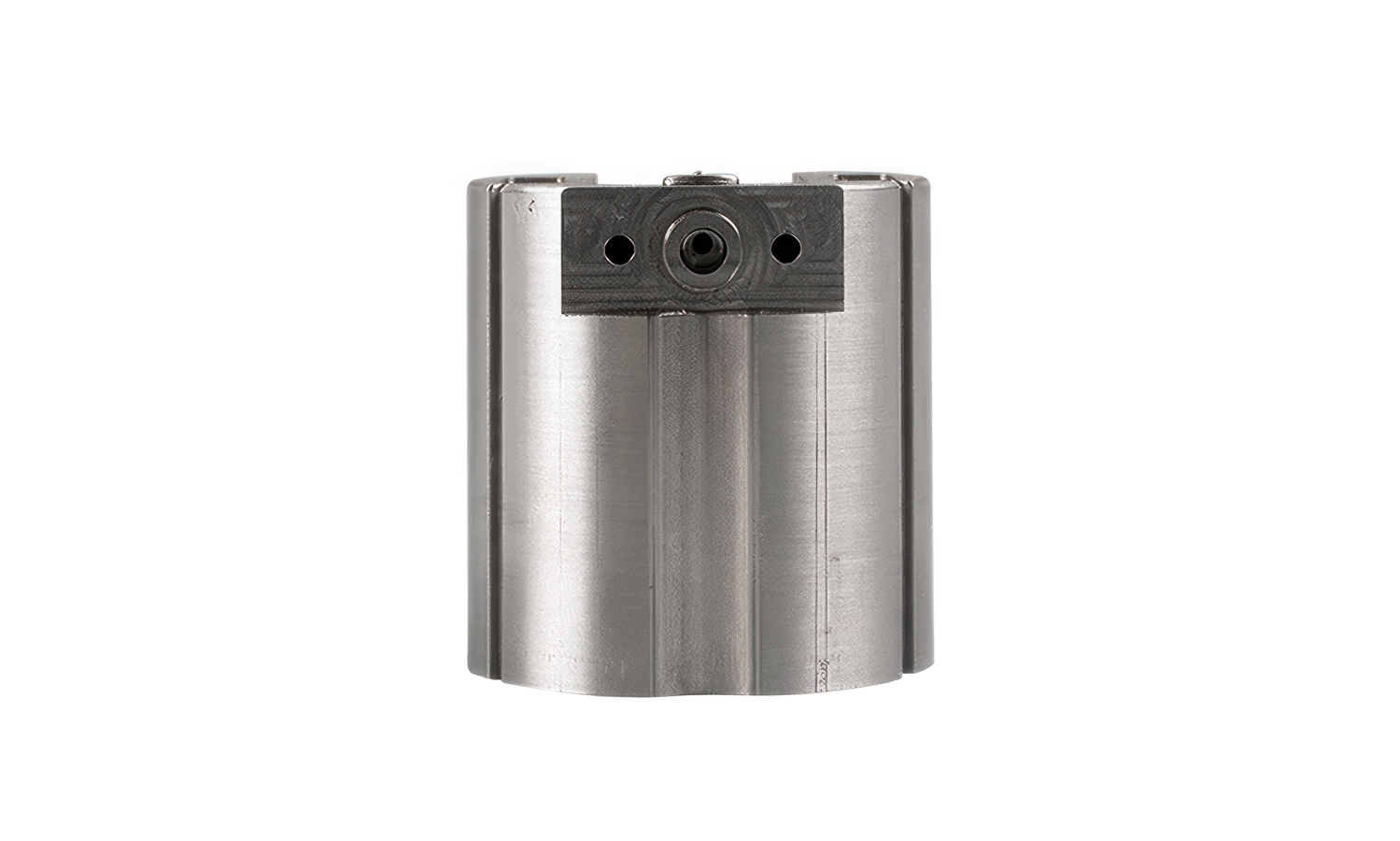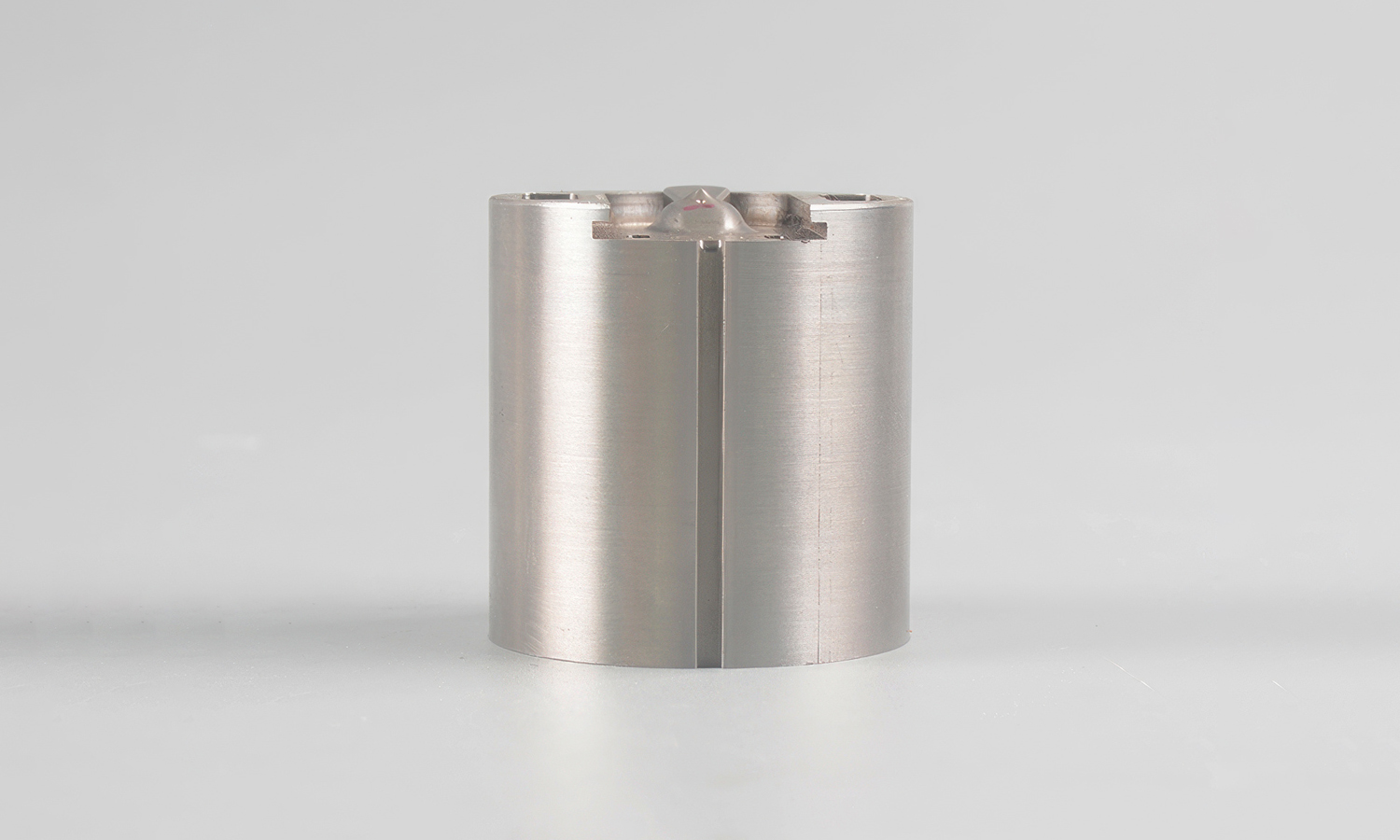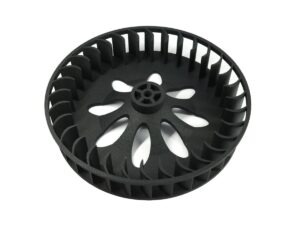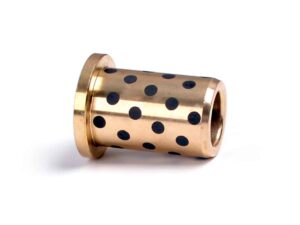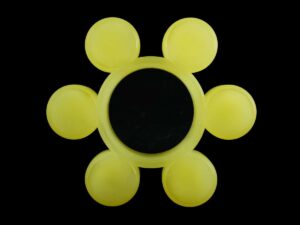Gallery
About Project
Meet the game-changer in precision engineering: the CNC Turned Al7075 Pancake Pneumatic Cylinder. Crafted from high-strength aluminum alloy 7075, known for its excellent mechanical properties and resistance to stress-corrosion cracking, this cylinder is designed to withstand the most demanding applications. Its compact, pancake design ensures optimal performance in tight spaces without compromising on efficiency.
Precisionengineered through advanced CNC machining, every detail of the Al7075 Pancake Cylinder is meticulously crafted to guarantee superior functionality and longevity. The smooth finishes and tight tolerances achieved through CNC turning make this component an ideal choice for industries where precision and reliability are paramount.
At FacFox, we pride ourselves on delivering top-tier CNC machining services tailored to meet your specific needs. Our cutting-edge technology and skilled professionals ensure that each product, like the Al7075 Pancake Pneumatic Cylinder, is manufactured to the highest standards. With a commitment to quality, speed, and customer satisfaction, FacFox is your go-to partner for all your CNC machining requirements. Explore our services and experience the excellence that sets us apart.
Ready to elevate your projects with precision-engineered components? Choose FacFox for unbeatable CNC machining solutions.
Solution
- Step 1: Material Selection and Procurement. High-strength aluminum or steel is selected based on the desired load capacity, operating environment, and cost considerations. The chosen material is procured from a reliable supplier in the required quantity and dimensions.
- Step 2: Material Preparation. The material is cut to the specified length and width using a cutting machine such as a saw or laser cutter. The cut edges are smoothed and finished to remove burrs and imperfections.
- Step 3: Machining. The material is placed in a CNC lathe or milling machine. The machine is programmed with the precise dimensions and tolerances for the cylinder body. The material is machined to create the cylindrical shape, grooves for mounting, and ports for air inlet and outlet. Finishing operations, such as drilling, tapping, and reaming, may be performed to create additional features as needed.
- Step 4: Heat Treatment (Optional). Depending on the material and desired properties, heat treatment may be conducted to improve strength, hardness, or other characteristics. The cylinder body is heated to a specific temperature and then cooled according to a controlled process.
- Step 5: Surface Finishing. The machined surface is finished to improve appearance, corrosion resistance, and reduce friction. Common finishing methods include anodizing, painting, or coating.
- Step 6: Inspection and Testing. The finished cylinder bodies are inspected to ensure they meet the specified dimensions, tolerances, and quality standards. Non-destructive testing methods, such as visual inspection, dimensional measurement, and material testing, may be employed to verify the integrity of the product.
- Step 7: Packaging and Shipping. The completed cylinder bodies are packaged appropriately to protect them during transportation. The packaged products are then shipped to the customer or stored in a warehouse for future distribution.
